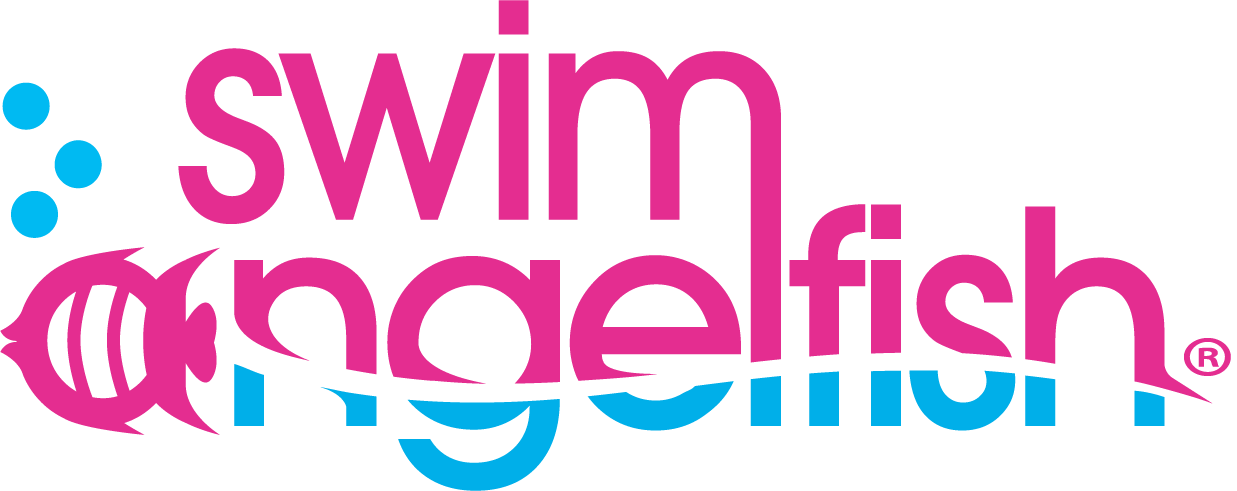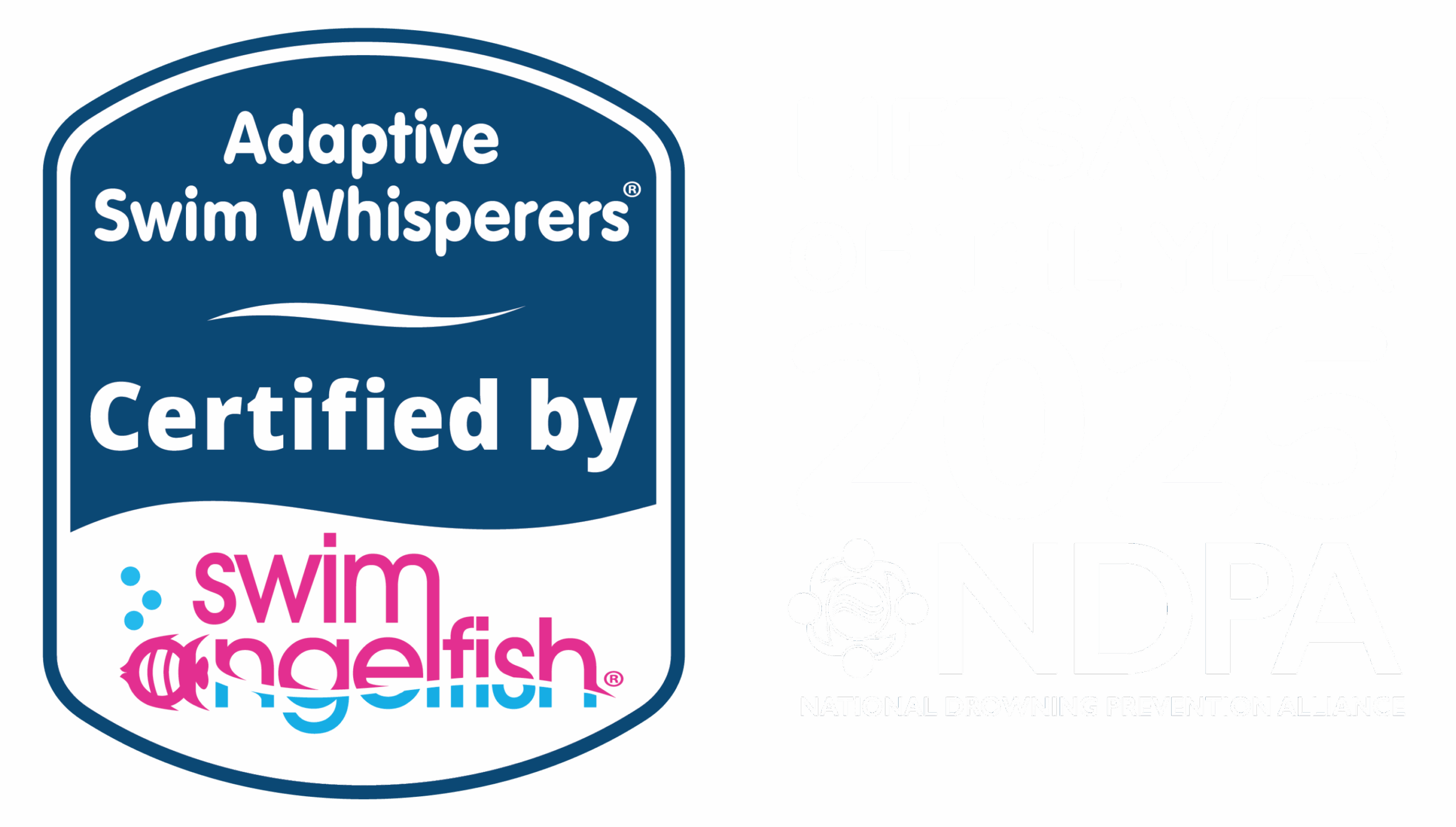A Guide To Essential Aquatic Therapy Techniques
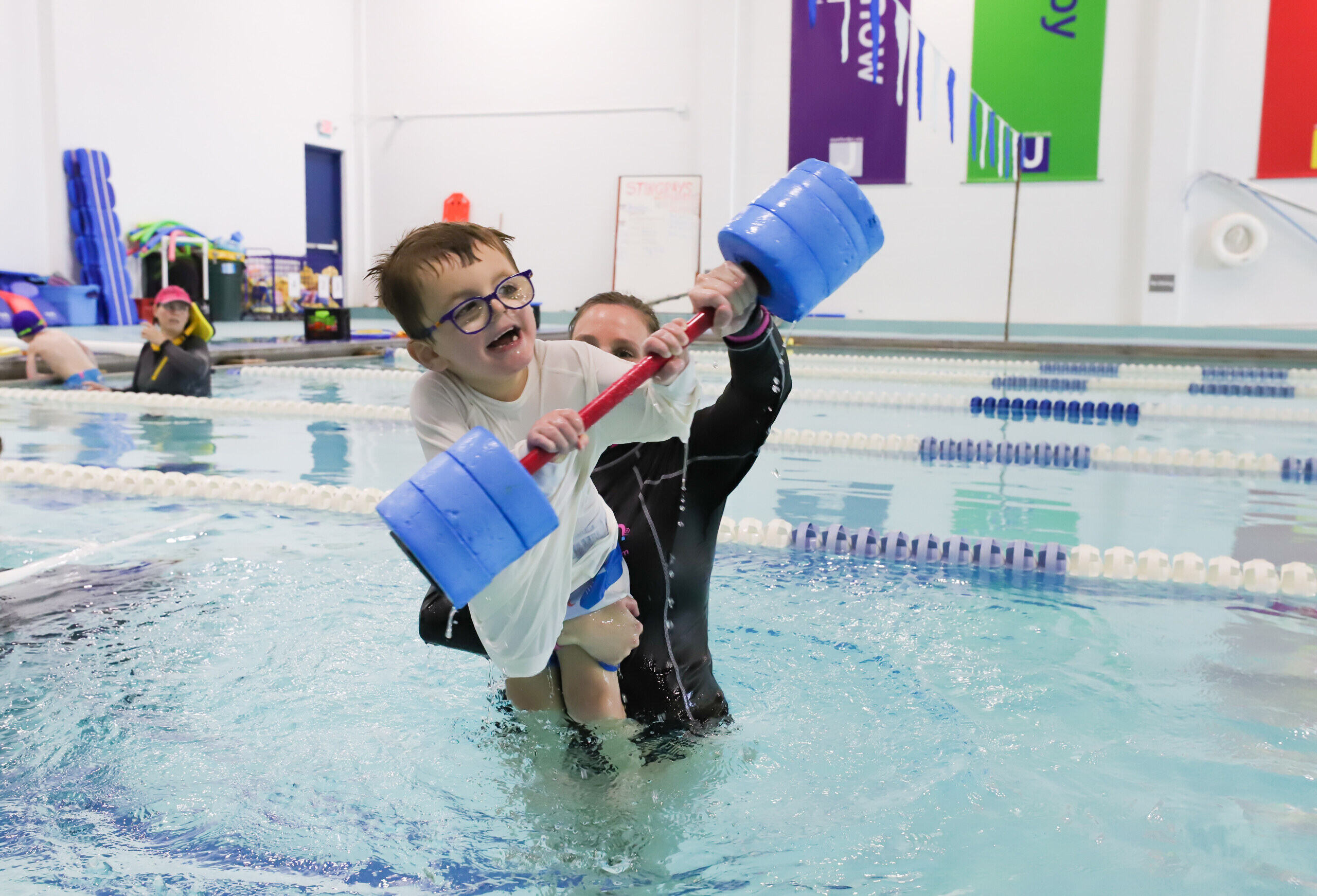
Aquatic therapy harnesses the unique properties of water to provide a powerful and effective environment for rehabilitation, exercise, and sensory integration. Far from just swimming, it encompasses a diverse range of specialized aquatic therapy techniques designed to meet the unique needs of individuals with various physical, neurological, and developmental challenges.
The Core Principles of Water Therapy
The natural benefits of water form the foundation of these techniques:
Key Aquatic Therapy Techniques
Therapists employ a variety of aquatic therapy techniques and structured methodologies to achieve specific outcomes:
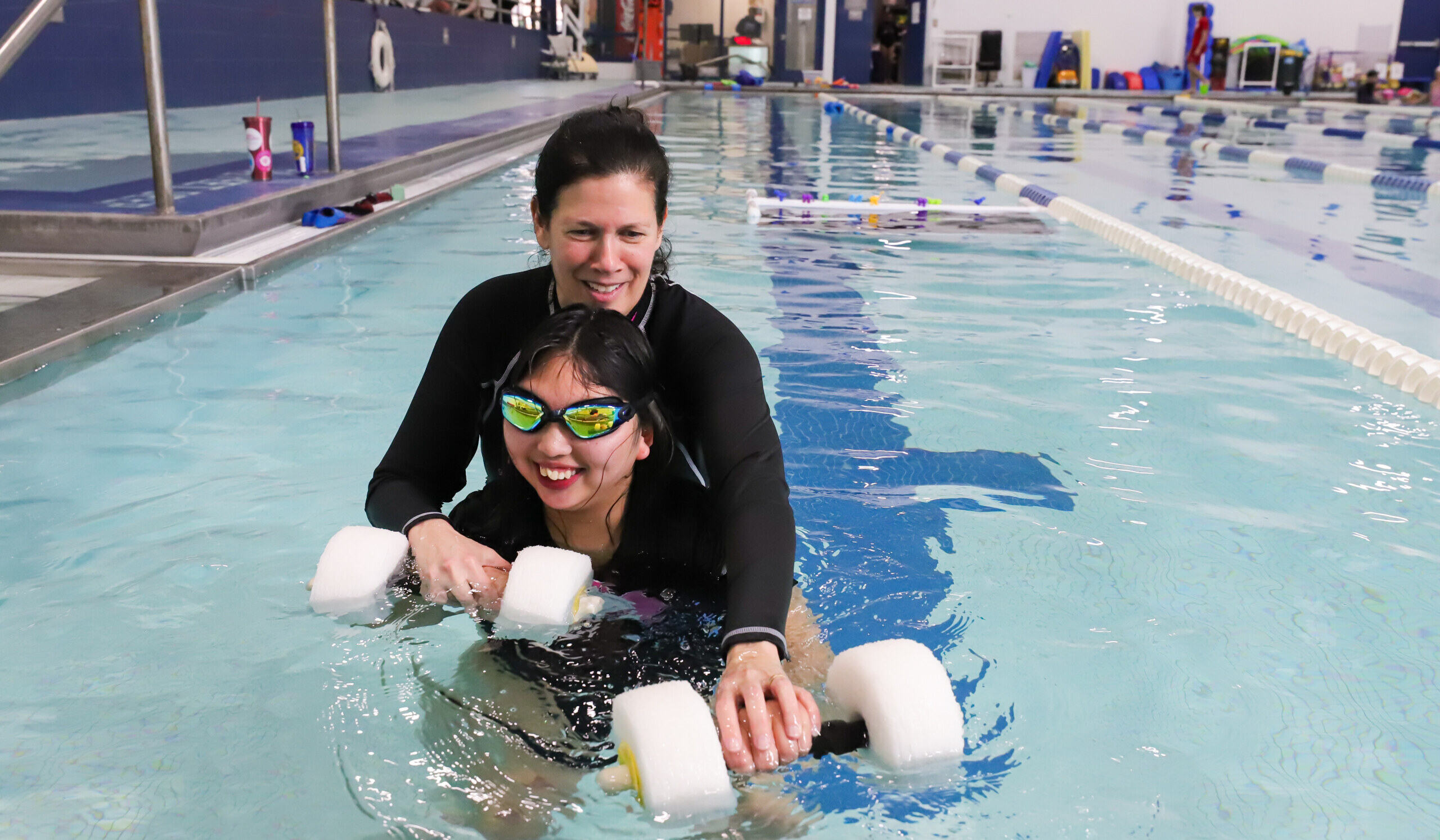
Key Aquatic Therapy Methods
Besides these general uses, accepted aquatic therapy methods include:
Advance Your Expertise with Swim Angelfish Online Courses
For physical therapists, occupational therapists, and other healthcare professionals looking to master these diverse aquatic therapy techniques and understand their application, specialized training is essential. Swim Angelfish offers cutting-edge online courses, developed by expert PT/OT founders, to equip you with the skills to truly transform your patient’s lives in the water.

Our Totally Treatment course provides a comprehensive framework for structuring and executing effective aquatic therapy sessions across diverse populations and conditions. You’ll gain practical, actionable strategies for utilizing the aquatic environment to address a wide array of therapeutic goals, building a robust foundation in varied aquatic interventions.
Additionally, our Splashing into Reflexes course offers a unique focus on understanding and integrating primitive reflexes within the aquatic setting. This specialized training provides innovative techniques to address foundational movement patterns and developmental challenges, leveraging the water’s unique properties for powerful therapeutic outcomes.
Advance Your Expertise with Swim Angelfish Online Courses
By exploring these specialized aquatic therapy techniques and the expert training available, you can expand your therapeutic toolbox and unlock new possibilities for patient recovery and development.
Dive into the world of aquatic therapy with Swim Angelfish and make a lasting impact.
